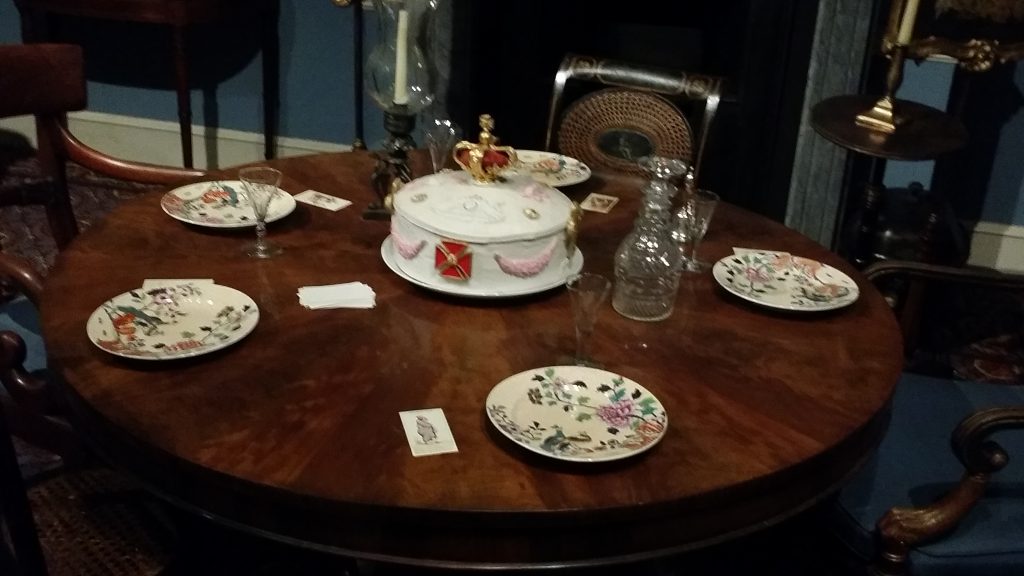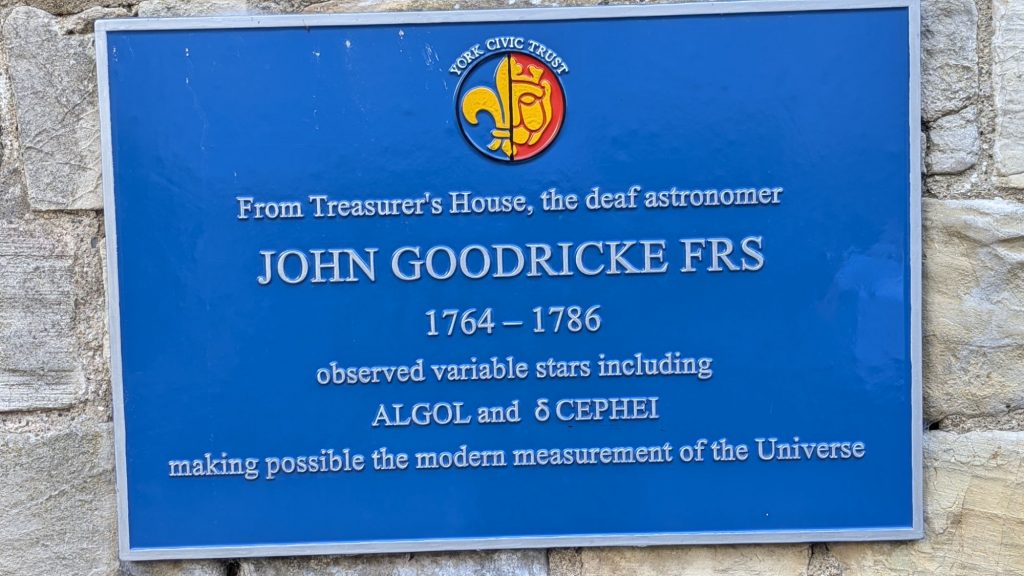
Twelfth Night Cake
On the 11th day of Christmas
My true love sent to me
11 pipers piping; Ten lords a-leaping; Nine ladies dancing
Eight maids a-milking; Seven swans a-swimming
Six geese a-laying
Five golden rings (five golden rings)
Four calling birds; Three French hens; Two turtle-doves
And a partridge in a pear tree.
Now is your last chance to make your Twelfth Night cake, its the 11th hour after all! Of course, Stir Up Sunday would have been the best day. Here is a recipe from 1604 by Elinor Fettiplace:
Take a peck of flower, and fower pound of currance, one ounce of Cinamon, half an ounce of ginger, two nutmegs, of cloves and mace two peniworth, of butter one pound, mingle your spice and flower & fruit together, but as much barme [the yeasty froth from the top of fermenting beer barrels] as will make it light, then take good Ale, & put your butter in it, saving a little, which you must put in the milk, & let the milk boyle with the butter, then make a posset with it, & temper the Cakes with the posset drink, & curd & all together, & put some sugar in & so bake it.
I found this on the excellent www.britishfoodhistory.com, where you can find more cooking instructions for Twelfth Night Cake and much more. If you want a more modern recipe, here is one from the BBC.
Whichever you choose, you should add a pea, and a bean to the recipe. These will be useful once you have read my Twelfth Night post.
The Night Skies in January.
The Quadrantid meteor shower appears from the point of the Plough’s handle. It continues to January 12th but is peaking today, (January 4th). At the peak there may be 100 meteors an hour. But, it will be low in the north-eastern sky and best seen from low light pollution areas. Twinkling above the Southern Horizon will be Sirius and this month’s brightest star. In the NE, the Plough can easily be seen. The Orion nebula south of Orion’s belt will be seen as a hazy patch with the naked eye. (from the Night Sky. Month by Month by Gater and Sparrow).
On This Day
1642 Charles I marched on the House of Commons to arrest five Members of Parliament. It failed, the MPs fled to Guildhall in the City of London. Charles followed and was surrounded by citizens of the City of London shouting ‘Priviledge of Parliament. He fled London and the Civil began soon after.
Revised January 4th 2025

